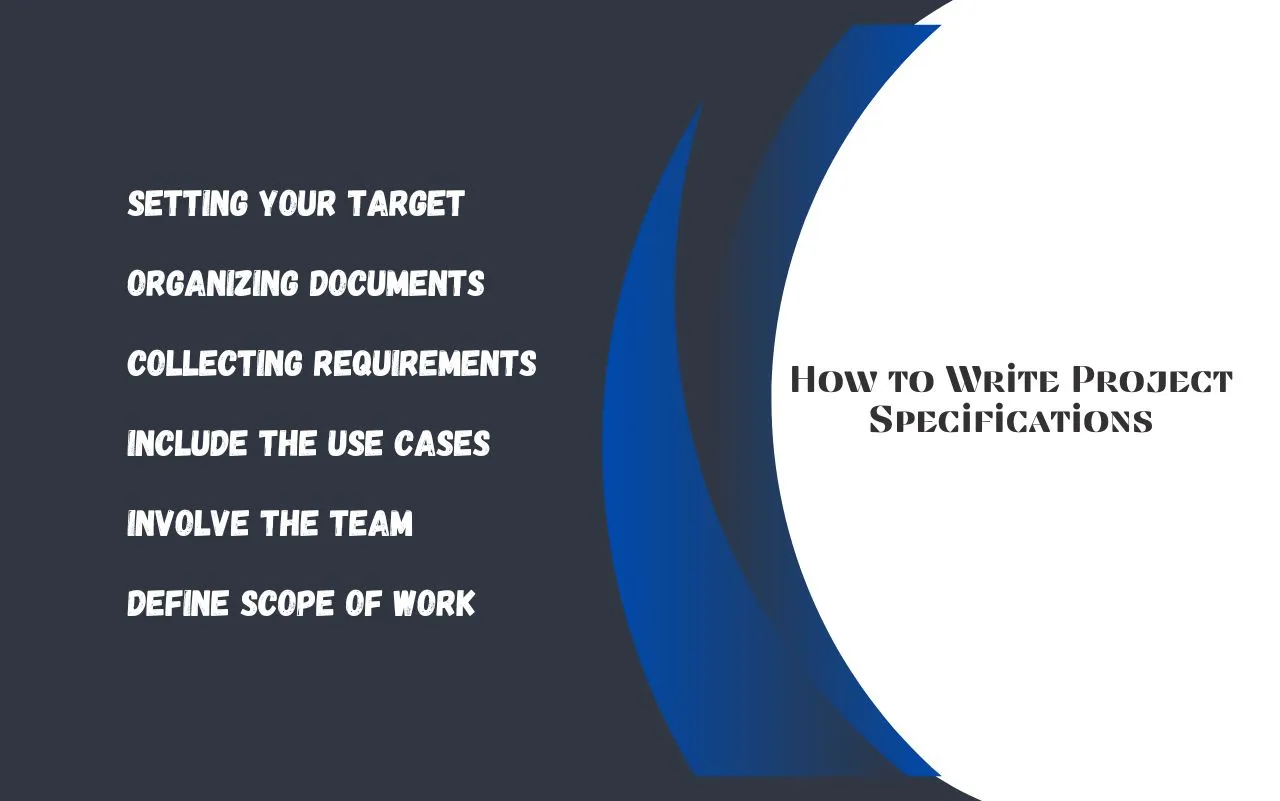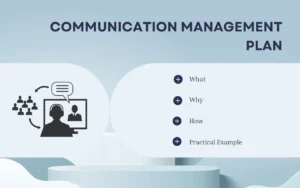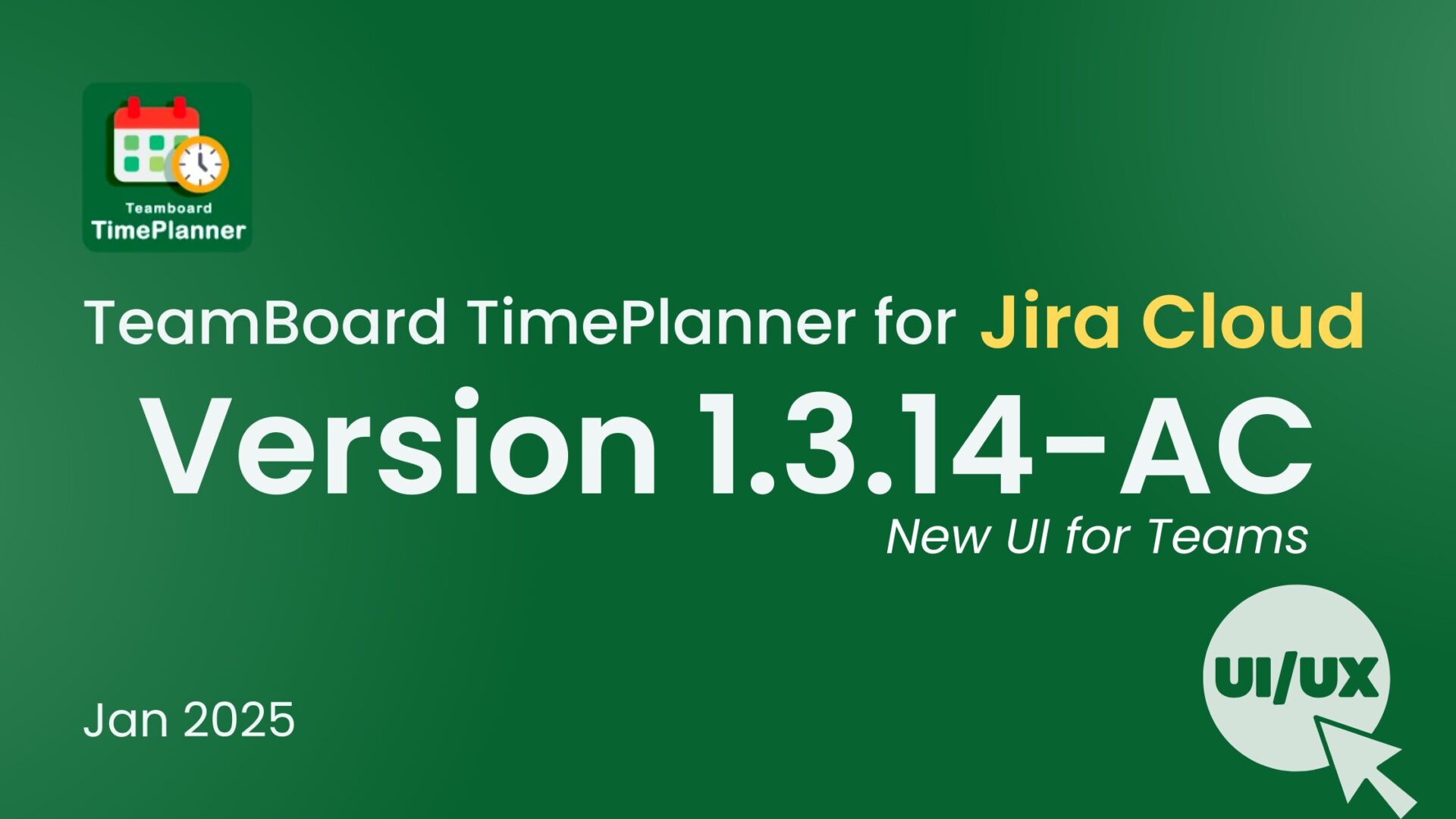How to Write Project Specifications | Purpose of Project Specs
Writing project specifications is the most crucial yet exciting part of any project. Understanding the client’s goals and objectives, the timeline, and an idea of the deliverables will help you create clear and concise documentation.
Get caught with proper project specs! A good project specification document is critical when you’re writing and issuing work orders, making sure the client understands your expectations and you know theirs.

Let’s dive deep to learn how to write project specifications.
What are Project Specifications?
Project specifications are the written description of a project. They describe what the client wants and what the result will be. A project specification document is an invaluable tool for everyone involved. It’s a shared understanding of what’s needed and what will be delivered.
Project specifications include:
- Product Requirements – how does it work? What do users need to know? What are the main features?
- Project Scope – product requirement and deliverable? How many versions are required? How many users need to access it?
- Quality Assurance Requirements – What does quality assurance mean for this project? What testing should be performed?
- Who should perform it? When should testing take place?
- Project Risks – what could go wrong with this project? How likely are these risks to happen, and how severe would they be if they did occur?
Project specifications also help you understand what your project is all about. It helps stakeholders and product owners understand the details of your project and get a clear picture of what you’re trying to accomplish.
Purpose of Writing Down Project Specifications
The purpose of writing down project specifications is to ensure everyone involved in the project understands when and what needs to be done. This will help ensure that everyone works together towards reaching your common goal and prevent any misunderstandings or disagreements from occurring later in the process.
Some other purposes are:
Get Authorizations
Writing down your project specification gives you a clear idea and visualization of deliverables and the time of execution. This helps you get stakeholders’ authorization before starting to work on it.
Estimate the Budget
If you have a plan, it becomes easier for everyone to estimate the budget required to complete the project. This helps save time and money, especially when multiple people are involved in decision-making at different organizational levels.
Set Goals and Objectives
Writing down your project specification helps you set goals and objectives that need to be achieved during its implementation phase. These goals help keep track of progress throughout implementation and make sure that they are met on time without any delays or setbacks occurring along the way.
Assign The Priorities
Your project priorities will also be defined within your specifications document so that everyone knows which tasks are most essential and must be completed first. You may need to set up a voting system if multiple stakeholders are involved in your project so there isn’t any conflict over what tasks should prioritize. This will also help you in managing your team.
Help Stake Holders to Understand Better
Specifications help stakeholders to understand the work required to deliver them successfully. This helps them plan their time effectively and complete their assignments at an appropriate time.
How to Write Project Specifications?
When it comes to writing specifications, the most important thing is being clear and concise. Listed below are some things that you might want to consider when you’re drafting your specifications:
Setting Your Target
You need to be very clear about where your target is. What do you want this specification document to achieve?
Organizing the Documents
Once you know your target, it’s time to organize your documents. You can do it in multiple ways. You could create separate documents with different sections or include all requirements in one document and divide them into sections by topic, whichever method works best for your team. Remember that whatever format you choose, ensure everyone involved understands how everything relates together and what information they need to know when reviewing each requirement.
Gather Requirements From All Stakeholders
Your project may have multiple stakeholders who have varying needs and interests. To ensure your project specifications are comprehensive, you must gather requirements from all stakeholders before writing them down. You can create a requirements document that lists their needs and expectations in one place. This will help you prioritize your work later if some stakeholders’ needs conflict with others.
Include Use Cases
Use cases can be a precious tool for conveying expectations about how a system will behave in certain situations. These scenarios help clarify how users should interact with a software system and what results they expect from their interactions (both positive and negative).
Involve Your Team
Involving your team in the specification process can make all of the difference in ensuring that everyone holds clarity about the project requirements and process of execution. Besides ensuring that everyone is well aware of project expectations, doing this also helps prevent future misunderstandings (which could potentially cause problems).
State Scope of Work, Including Deliverables and Milestones
The scope of work should include a list of deliverables and milestones, along with an estimated timeline for completion. It should also include an overview of any risks or concerns that may arise during the project.
For larger or more complex projects, it can be helpful to create a detailed project specification document. This document can outline the project goals, deliverables, timeline, and potential risks. In some cases, a word paraphraser just like Editpad can paraphrase previously drafted project specifications or create new ones from scratch, though it’s important to ensure clarity and accuracy in the final document.
It’s important to note that not all projects require a formal set of project specifications. In case, if you’re working on a simple task, it may be okay to get into too much detail about the timeframe and deliverables of the project. However, if you’re working on something large or complex, having a detailed set of specifications will help keep everyone on track throughout the process.
Final Words
Drawing up a solid project specification can be a tedious process. Still, it’s essential and will help you provide your client with everything they need to know about the project in the most straightforward and understandable way possible. Even if you never deliver a project on spec and use the specification to guide your internal team, it’s still worth putting in the time to write something up. The benefits are well worth it!
All projects have goals, and they have time frames. It can sometimes take work to keep track of both of these aspects. Pro Scheduler helps you create a better project timeline and can show you the actual project’s purpose.















